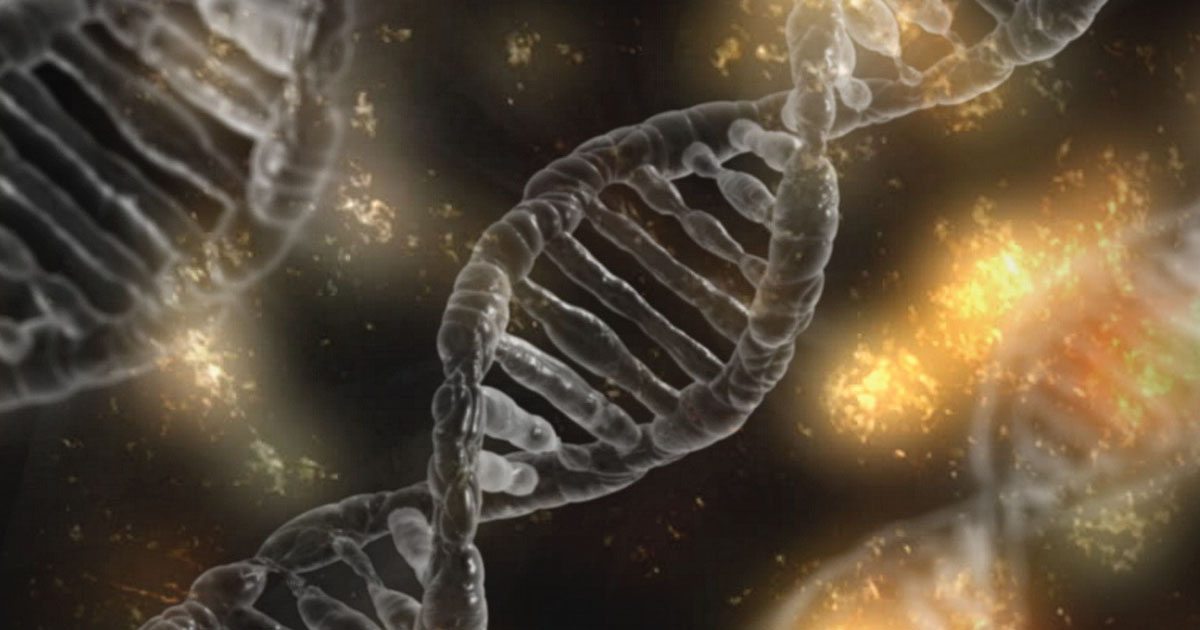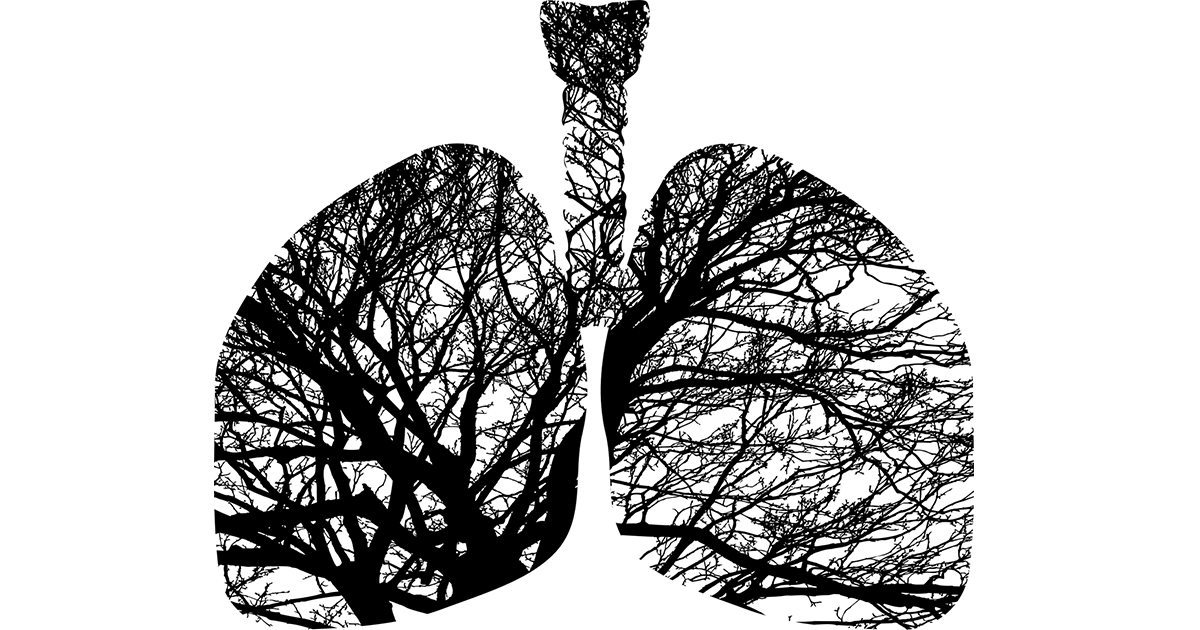Month: November 2011

Symposium to Focus on the Genetic Link to Mesothelioma
The University of Hawaii Cancer Center and Queen’s Medical Center are co-sponsoring the third annual Translational Cancer Medicine Symposium: “Mesothelioma-Melanoma Cancer Syndrome: Gene-Environment Interaction?” on December 2, at the Queen’s Conference Center in Honolulu, Hawaii. Researchers in cancer genetics will convene to discuss the recent discovery of the BAP1 genetic mutation and its link to mesothelioma, melanoma and possibly other cancers.
In a study led by Michele Carbone, M.D., Ph.D., director of the University of Hawaii Cancer Center, the researchers found that mutations of the BAP1 gene, which is involved in tumor suppression, might underlie mesothelioma in people with a strong family history of the disease. The study was designed to identify individuals at high risk of mesothelioma.
Mesothelioma is a rare form of cancer that can form in the lining of the lungs, abdomen or heart which was previously only known to occur as a result of exposure to asbestos. In another study, however, Carbone and his team have subsequently determined that erionite, a mineral used in road gravel in several US states, can also lead to the development of mesothelioma.
The Symposium will feature more than 20 global experts on cancer genetics including Carlo M. Croce, M.D., Director of the Human Cancer Genetics Program at Ohio State University; Joseph Testa, Ph.D., Director of the Genomics Facility at Fox Chase Cancer Center in Philadelphia and Michele Carbone, M.D., Director of the University of Hawaii Cancer Center.
“We are excited to bring these experts to Hawaii to work together to find ways to reduce the suffering and death caused by this mutation,” Carbone said in a prepared statement issued by the University of Hawaii Cancer Center.
Often called “asbestos cancer,” mesothelioma is highly aggressive and is resistant to many cancer treatments. Currently there is no known cure for mesothelioma, and the average survival time varies from 4 – 18 months after diagnosis. Approximately 3,000 Americans are diagnosed with the disease each year.
See the Symposium brochure for more information.

Even Brief Exposure to Asbestos May Cause Mesothelioma
A recent report in theInternational Journal of Occupational and Environmental Health describes the case of a 58-year-old man who developed mesothelioma from exposure to asbestos-containing gaskets during a high school summer job.
Mesothelioma, a cancer of the lining of the lung, chest cavity and abdominal cavity, is a signature disease of asbestos exposure. According to the article, the man was exposed to crocidolite asbestos starting at age 16 during three summers and for approximately four hours a day during his senior year of high school. He had no further known exposure to asbestos.
Laboratory analysis of samples of lung tissue revealed elevated levels of crocidolite asbestos fibers. The case helps establish that relatively short and/or intense exposure to crocidolite can lead to asbestos disease.
Crocidolite is one of the six naturally-occurring fibrous minerals that are currently regulated as “asbestos.” Asbestos had many commercial applications, including building materials, auto parts and industrial gaskets. But its use was reduced in the last 1970s because of the occupational hazard it posed to workers. All forms of asbestos cause cancer, including mesothelioma and lung cancer, according to the World Health Organization.
It is estimated that between 1940 and 1980, 27 million Americans has significant occupational exposure to asbestos in their workplaces. Exposure to asbestos may cause mesothelioma, a cancer of the lining of the lung and abdomen, as well as lung cancer and asbestosis, a scarring of the lung that causes breathing problems. Chrysotile is the most common form of asbestos while crocidolite is considering among the most deadly.
Approximately, 2,500 to 3,000 people in the U.S. are diagnosed with mesothelioma each year. For most, the symptoms appear 20 years to 50 years after exposure. There is no known cure for mesothelioma, but there are treatment options available including surgery, radiation and chemotherapy to manage the cancer.

Cancer Genetics Symposium Planned in Hawaii to Focus on Mesothelioma
Researchers in cancer genetics will gather in Hawaii in December to discuss the recent discovery of the BAP1 genetic mutation and its link to mesothelioma, melanoma and possibly other cancers. The University of Hawaii Cancer Center and the Queen’s Medical Center will host the international symposium on Dec. 2
Mesothelioma, a cancer of the lining of the lung or abdominal cavity, is typically associated with exposure to asbestos or erionite, a mineral fiber similar to asbestos. Microscopic fibers of asbestos are inhaled and may remain deep in the lung, causing inflammation, scarring and eventually disease.
The third annual Translational Cancer Medicine Symposium will feature more than 20 global experts on cancer genetics including Carol M. Croce, M.D., Director of the Human Cancer Genetics Program at Ohio State University; Joseph Testa, Ph.D., Director of the Genomics Facility at Fox Chase Cancer Center and Michele Carbone, M.D., Director of the University of Hawaii Cancer Center.
A mesothelioma research team at the University of Hawaii Cancer Center led by Carbone announced in August the discovery of BAP1 gene mutation’s link to mesothelioma and other cancers. It is the first study to demonstration that family genetics can influence susceptibility to mesothelioma.
“We are excited to bring these experts to Hawaii to work together to find ways to reduce the suffering and death caused by this mutation,” Cabone said in a prepared statement issued by the University of Hawaii Cancer Center.
Mesothelioma causes the deaths of about 2,500 to 3,000 people a year in the United States and tens of thousands worldwide. People typically develop mesothelioma symptoms 20 years to 50 years after exposure to asbestos, though only a portion of those exposed to asbestos develops mesothelioma. Rates of new cases of mesothelioma in parts of the world including Europe and China, have risen steadily in the past decade.
The identification of the BAP1 cancer syndrome, caused by an inherited mutation of the BAP1 gene, offers a new tool to identify people at high risk of developing mesothelioma. It may lead to early detection of the cancer and benefit people who have an occupational hazard of exposure to asbestos in the workplace. When individuals with the BAP1 mutation are exposed to asbestos, mesothelioma may cause the death of 50 percent of the family members—a far greater incidence than in the population at large, the researchers found.
Free Mesothelioma Patient & Treatment Guide
We’d like to offer you our in-depth guide, “A Patient’s Guide to Mesothelioma,” absolutely free of charge.
It contains a wealth of information and resources to help you better understand the condition, choose (and afford) appropriate treatment, and exercise your legal right to compensation.
Download Now